DeWalt DCD990 Bruksanvisning
DeWalt
Borrmaskin
DCD990
Läs gratis den bruksanvisning för DeWalt DCD990 (60 sidor) i kategorin Borrmaskin. Guiden har ansetts hjälpsam av 9 personer och har ett genomsnittsbetyg på 4.5 stjärnor baserat på 5 recensioner. Har du en fråga om DeWalt DCD990 eller vill du ställa frågor till andra användare av produkten? Ställ en fråga
Sida 1/60

DCD990 20V Max* Heavy-Duty 1/2 (13 mm) Brushless Cordless Drill/Driver "
DCD995 20V Max* Heavy-Duty 1/2 (13 mm) Brushless Cordless Drill/Driver/Hammerdrill"
Perceuse/visseuse industrielle, sans fil et sans balai, DCD990 20v max* 13mm (1/2po)
Perceuse/visseuse/perceuse à percussion industrielle, sans fil et sans balai, DCD995 20v max* 13mm (1/2po)
DCD990 Taladro/destornillador inalámbrico sin escobillas de 20 V M x* para trabajos pesados de 1/2á " (13 mm)
DCD995 Taladro/destornillador/taladro percutor inalámbrico sin escobillas de 20 V M x* para trabajos pesados de 1/2á " (13 mm)
INSTRUCTION MANUAL
GUIDE D'UTILISATION
MANUAL DE INSTRUCCIONES
INSTRUCTIVO DE OPERACIÓN, CENTROS DE SERVICIO Y PÓLIZA DE
GARANTÍA. ADVERTENCIA: LÉASE ESTE INSTRUCTIVO ANTES DE
USAR EL PRODUCTO.
If you have questions or comments, contact us.
Pour toute question ou tout commentaire, nous contacter.
Si tiene dudas o comentarios, contáctenos.
1-800-4-D
e
WALT • www.dewalt.com
FINAL PRINT SIZE: 8.5 x 5.5"
Produktspecifikationer
| Varumärke: | DeWalt |
| Kategori: | Borrmaskin |
| Modell: | DCD990 |
Behöver du hjälp?
Om du behöver hjälp med DeWalt DCD990 ställ en fråga nedan och andra användare kommer att svara dig
Borrmaskin DeWalt Manualer
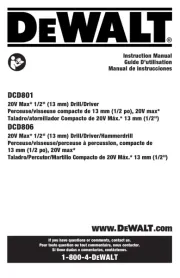
30 Juli 2025
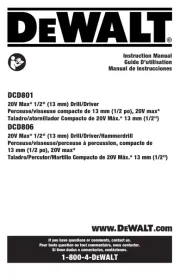
28 Juli 2025

4 Juli 2025
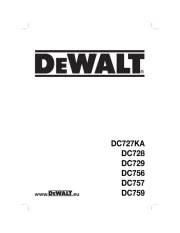
7 Juni 2025

6 Januari 2025

3 Januari 2025

31 December 2025

24 December 2024

19 Oktober 2024

14 Oktober 2024
Borrmaskin Manualer
- Truper
- Velleman
- Fe Powertools
- Toolland
- Metabo
- Hilti
- Kreg
- Verto
- Economy
- Ribimex
- Protool
- Fieldmann
- Global
- AEG
- Westfalia
Nyaste Borrmaskin Manualer
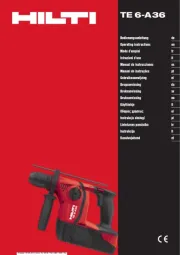
15 Oktober 2025
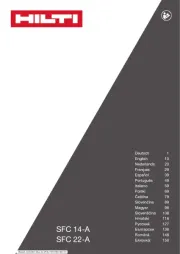
15 Oktober 2025

14 Oktober 2025

13 Oktober 2025
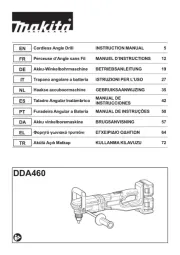
13 Oktober 2025
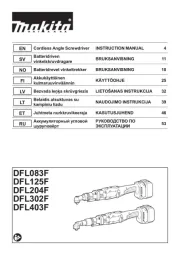
13 Oktober 2025
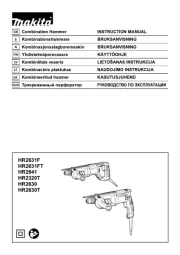
13 Oktober 2025

12 Oktober 2025
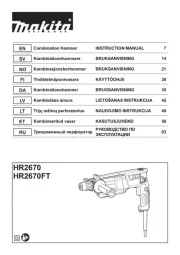
12 Oktober 2025
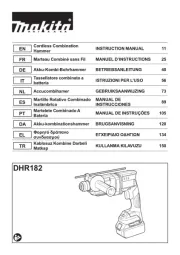
12 Oktober 2025